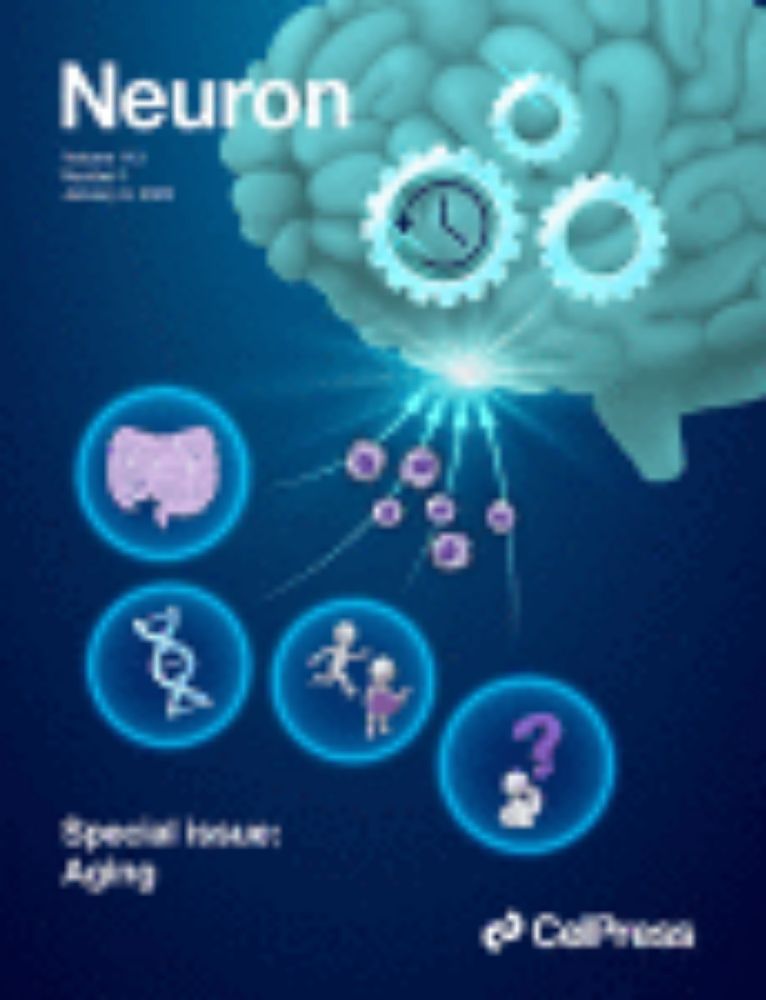
We investigated how the hypothalamus, the brain's control center for these functions, changes during normal aging and in Alzheimer's disease (AD).
Checkout our HypoAD story 🧵:
www.biorxiv.org/content/10.1...
We investigated how the hypothalamus, the brain's control center for these functions, changes during normal aging and in Alzheimer's disease (AD).
Checkout our HypoAD story 🧵:
www.biorxiv.org/content/10.1...

We investigated how the hypothalamus, the brain's control center for these functions, changes during normal aging and in Alzheimer's disease (AD).
Checkout our HypoAD story 🧵:
www.biorxiv.org/content/10.1...


